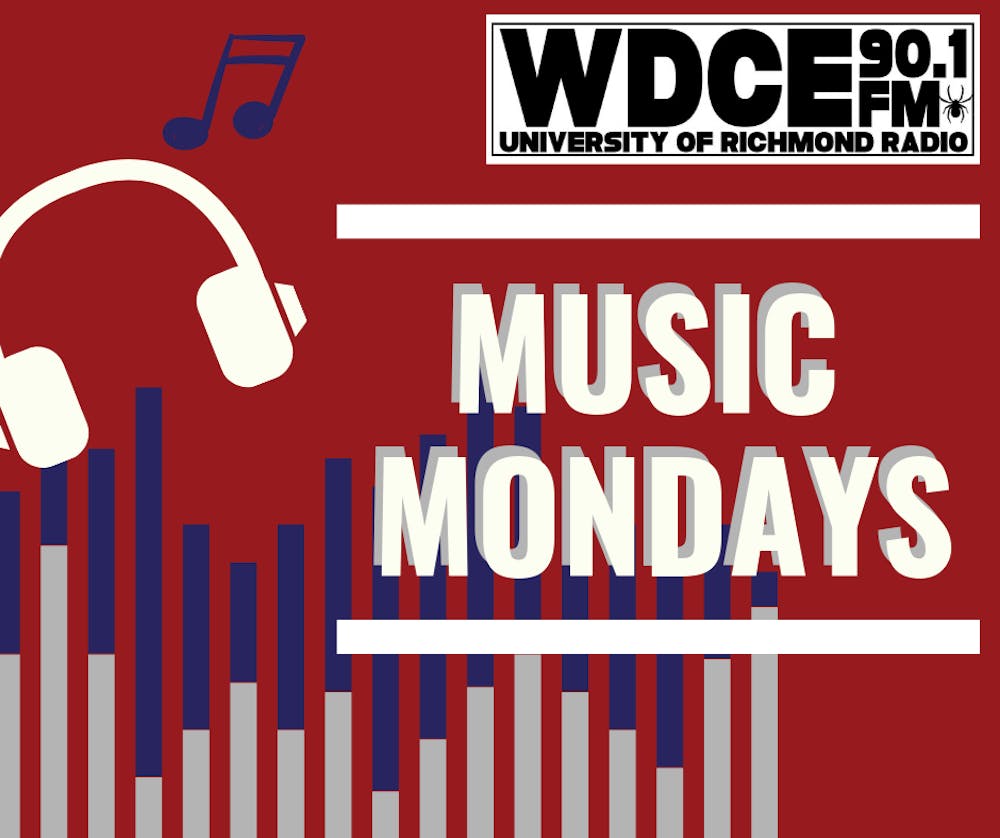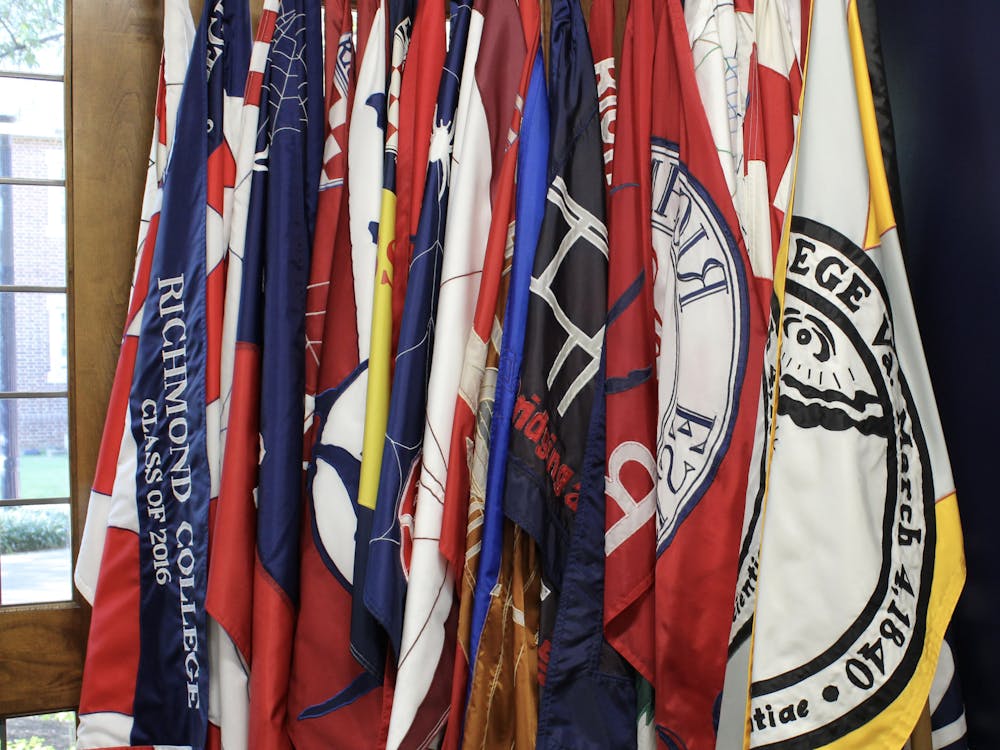Editor's note: The views and opinions expressed in this article do not reflect those of The Collegian.
Hello. My name is Zachary Zibaitis. I am a college student, a brother, a son… *gulp*... and I am going through my emo phase at the age of 20. I know what you all are likely wondering, and allow me to put your concerns to rest before I proceed. I am not currently planning to dye my hair black. I have never touched Tumblr in my life and do not plan to begin now. And, no, I am not in any proximity referring to Machine Gun Kelly. Now that we have laid those items to rest, let me explain why you should join me, unabashedly, and begin a late-stage emo phase. For, in my opinion, emo should not be something resigned to an embarrassment-laden “stage,” but should be a genre that is celebrated openly rather than enjoyed as a mere guilty pleasure or relic of nostalgia.
While most casual music listeners are familiar with emo either for its commercial peak in the early 2000s (Panic! At The Disco, My Chemical Romance, Fall Out Boy) or for its current commercial resurgence with acts such Machine Gun Kelly and Willow Smith, emo both historically and presently extends far beyond the boundaries of guitar pop for angsty Hot Topic tweenagers. It is an endlessly versatile genre with its roots extending back to the mid-80s, via the Emotional Hardcore scene. This original style of emo is unrecognizable to what most are familiar with today. Seminal bands Rites of Spring and Embrace (both of which contained future members of the legendary post-hardcore band Fugazi) are more akin to hardcore punk bands who happen to complain about their emotions instead of the government. Rather than the gently layered guitars or major-scale power chords that go on to define emo, at its origins - emerging from hardcore punk - it was much more direct and much more aggressive. But the genre only sprouts from there.
Emo, in fact, is so multifaceted that the genre is commonly accepted to be divided into five distinct, chronological “waves” of emo. Oh, the endless ways one can be sad! Each wave, while an evolution of one previous, has a unique sound that makes it so unlike the rest as to necessitate its own categorization.
The first wave consisted of the aforementioned 80s Emotional Hardcore scene. As the name suggests, the genre formed within the sphere of hardcore punk, but channeled its fury away from the establishment and toward more inward topics, such as relationships and general feelings of sadness. While this is where emo is generally considered to have begun, it had yet to acquire many distinct musical aspects, something that later generations of angsty musicians will develop as the waves refine the emo formula.
Second Wave Emo, also known as “Midwest Emo,” responds to the coarseness of the first with a low-fi slacker ethos and twinkly math-rock riffs that remove the “hardcore,” but leaves the “emotional” (i.e. American Football, Cap’n Jazz, Promise Ring).
Third Wave Emo capitalized on the newfound accessibility of the genre established by the Second — along with the meteoric rise of pop-punk into the mainstream — and simplified the structure into a pop format for mainstream audiences (i.e. Brand New, Saves the Day, Taking Back Sunday.)
Fourth Wave, often referred to as the emo revival, harkened back to the style of Midwest Emo and refurbished it for modern audiences (i.e. Modern Baseball, Snowing, Joyce Manor.) The Fourth Wave, while being mostly revivalist, also included its fair share of experimentation, which separated certain acts from the loyalist pack. Groups such as the Brave Little Abacus, Heccra and Foxing diversified the potential of emo by heavily incorporating electronics and playing with the form of emo songs both in song structure and in lyrical content, both of which were fairly homogenized at the time. Lyrics were especially becoming trite, as most revivalist songs either whined prepubescently about girls or sang the good word of weed. Essentially, the genre was becoming so self-referential that it was drinking its own tears. A change was necessary and coming.
This brings me to the modern wave — the era that stole my heart and ignited my emo phase: Fifth Wave Emo. What defines Fifth Wave Emo in so many ways is one word: diversity. This is to say diversity in influence, diversity in geography and — most essentially — diversity in participants. Fifth Wave Emo, unlike all waves before it, is not an internal reaction to the preestablished emo anatomy; it is an external reaction, altering and expanding the body of the genre as a whole. Hitherto the Fifth Wave, emo’s lifespan was dominated almost entirely by straight white males complaining about their straight white male problems. It was extremely narrow and exclusionary. What the Fifth Wave is doing —harnessing the ethos and connectability of the internet — is breaking the barrier of who can participate in emo and, as a result, is widening the genre’s breadth of influences and experiences. Hyperpop, Chiptune, Jazz, Experimental, Breakcore, Folk. The transgender experience, mental health, misogyny, systemic oppression, race. Emo is becoming more reflective of people of all races and orientations, and in turn, is becoming more inclusive and more universally meaningful. While songs about heartbreak and suburban discontent are still available in droves — and still fantastic in many cases — the Fifth Wave is moving on from tradition toward something transformative.
There is no better landscape to begin an emo phase in than that of the Fifth Wave. With bands such as the trans-fronted and impassioned Home Is Where, the soft-screaming Your Arms Are My Cocoon and the jazzy electronics of Glass Beach, there really is something for everyone in emo. Do yourself a favor and give emo a shot. Your phase might just become an eternal love.
Contact columnist Zac Zibaitis at zac.zibaitis@richmond.edu.
Enjoy what you're reading?
Signup for our newsletter
Support independent student media
You can make a tax-deductible donation by clicking the button below, which takes you to our secure PayPal account. The page is set up to receive contributions in whatever amount you designate. We look forward to using the money we raise to further our mission of providing honest and accurate information to students, faculty, staff, alumni and others in the general public.
Donate Now


